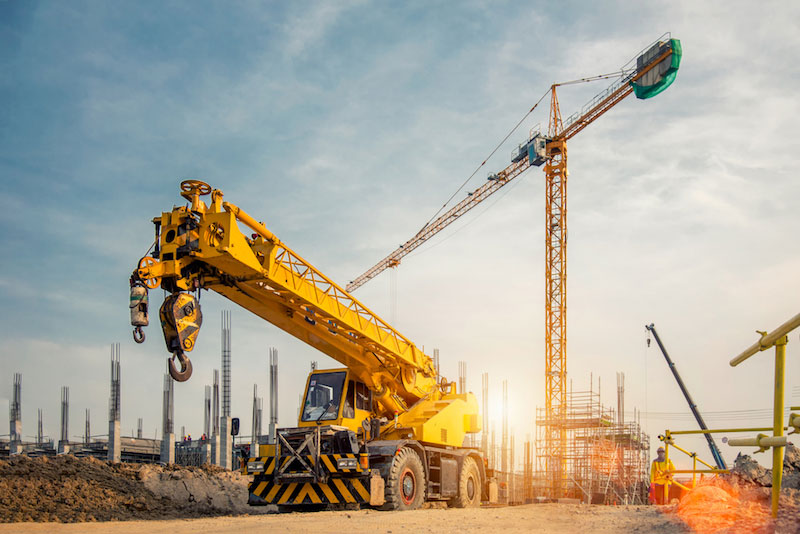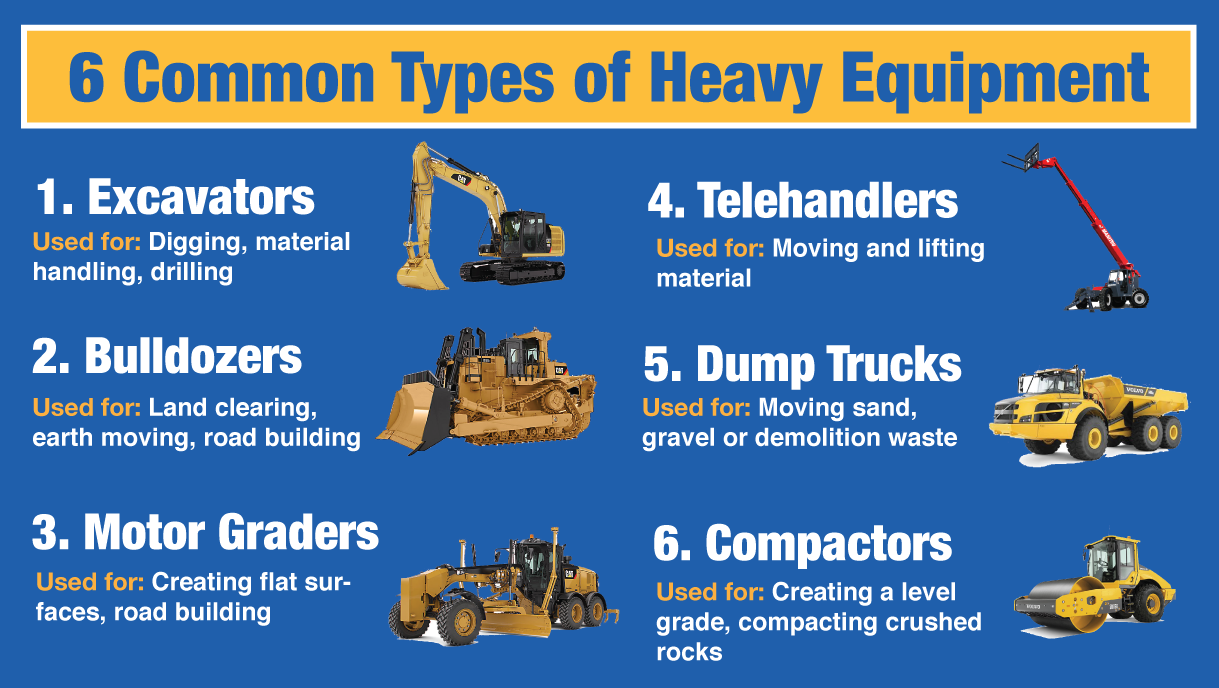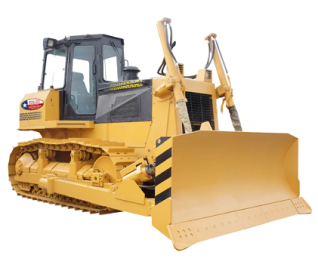The Basics Guide to Leasing Excavators for Construction Projects
Leasing excavators for building and construction jobs is a crucial choice that demands a detailed understanding of different factors to make certain both effectiveness and cost-effectiveness. From selecting the ideal excavator type and dimension to ensuring and discussing rental terms safety and security methods, each step plays a critical role in the total success of your task. Understanding these components not just enhances performance yet also assists in lessening expenses. As you consider the intricacies of renting excavators, it's necessary to realize the nuances that can considerably affect your job. What are these subtleties, and just how can they influence your construction outcomes?
Kinds of Excavators
Excavators can be found in numerous kinds, each developed to do specific jobs in building and construction jobs. The most usual kind is the conventional excavator, also referred to as a spider excavator, which is common on a lot of job sites for its adaptability in excavating, material, and trenching handling. These machines run on tracks, providing security and movement over irregular terrain.
One more essential variant is the mini excavator, prized for its compact size and agility. Suitable for small to medium-sized jobs, mini excavators excel in constrained rooms where larger makers would battle. They are frequently made use of for landscaping, utility work, and small-scale demolition.
For projects requiring prolonged reach, the long-reach excavator is vital. Equipped with a longer boom and arm, these devices can function in locations that are hard to gain access to, such as throughout water bodies or deep excavations.
Lastly, there are customized excavators like the suction excavator, which utilizes high-powered followers to vacuum up soil and debris, making it ideal for delicate underground utilities. The dragline excavator, an additional specialized type, is commonly used in large civil design projects like canal dredging and mining as a result of its capability to raise heavy loads over fars away.
Choosing the Right Size
Choosing the appropriate dimension of an excavator is important for the effectiveness and success of any kind of building task. The dimension affects not only the machine's ability to manage particular jobs however likewise the functional expenses and site availability. Excavators can be found in various sizes, from small units ideal for small household projects to large machines made for considerable business or industrial undertakings.
Recognizing the range of the project is important when picking the excavator size. For confined spaces or tasks needing precision, such as trenching for energy lines, a portable or tiny excavator is suitable. These machines offer agility and ease of ability to move without compromising on power. On the other hand, large earthmoving operations, like roadway construction or huge foundation digs, necessitate using big or conventional excavators. These versions offer improved reach, greater bucket ability, and superior digging pressure.
Think about the site's surface and gain access to points. Larger excavators may face obstacles in unequal or limited locations, making smaller sized designs extra functional. By completely examining these aspects, building managers can ensure they select an excavator size that optimizes productivity and minimizes project delays.
Rental Agreement Fundamentals

Just as important is the comprehensive breakdown of costs. This includes the everyday, once a equipment transport near me week, or monthly rental rates, and any kind of additional charges such as delivery, cleansing, or gas charges. It's advisable to ask about potential fines for late returns or damages to stay clear of unforeseen expenditures.
The condition of the excavator at the time of rental must additionally be well-documented. Make certain the arrangement consists of an extensive inspection record that notes any pre-existing damage. This protects you from responsibility for concerns that were present before your rental period started.
Confirm whether the rental business gives insurance or if you need to safeguard your very own policy. Knowing your obligations for maintenance during the rental period will help maintain the excavator in optimum working problem, minimizing downtime and boosting task performance.
Maintenance and Safety Tips
When taking care of excavators on a building and construction website, sticking to proper maintenance and safety procedures is vital for making certain both operational effectiveness and employee safety and security. Oiling relocating parts and guaranteeing fluid degrees are optimal can avoid pricey downtime and extend the maker's functional lifespan.
Security measures are equally vital. Operators ought to be extensively trained and certified to take care of excavators, recognizing the equipment's limitations and controls. It's necessary to perform everyday inspections, concentrating on security attributes such as alarm systems, seatbelts, and emergency situation shutoff changes. Furthermore, maintaining a organized and tidy worksite reduces the danger of crashes. Clear interaction methods, consisting of hand signals and radio communication, must be developed to coordinate procedures and movements effectively.
Implementing a durable upkeep routine and cultivating a culture of safety and security can alleviate dangers dramatically. Always get in touch with the supplier's handbook for certain maintenance intervals and safety guidelines. By focusing on these elements, building tasks can proceed efficiently, reducing disruptions and guaranteeing a secure working atmosphere for all workers involved.
Cost-Saving Techniques
Reliable cost-saving approaches are critical for making the why not check here most of the return on financial investment when renting out excavators for building projects. One key strategy is to carry out an extensive demands evaluation before leasing. Recognizing the particular requirements of your project aids in selecting the appropriate kind and dimension of excavator, protecting against unnecessary expenses on oversized or extremely customized equipment.
Lots of rental firms supply flexible prices frameworks, especially for long-term services. Developing an excellent partnership with the rental copyright can also result in loyalty discounts and far better terms.

Lastly, think about the complete cost of possession, including gas, transport, and insurance coverage. Bundling these solutions with the rental contract can often lead to a much more desirable general package. By applying these approaches, building and construction jobs can achieve significant price efficiencies while ensuring functional effectiveness.
Conclusion
In final thought, the critical choice and service of excavators for construction projects require a complete understanding of excavator kinds, appropriate sizing, and the ins and outs of rental arrangements. Applying cost-saving strategies through meticulous preparation and arrangement can better enhance project performance while managing expenses.
From picking the suitable excavator kind and size to ensuring and negotiating rental terms safety and security procedures, each action plays a critical role in the general success of your task. scissor lift rental Bremen GA. The most typical type is the typical excavator, likewise understood as a spider excavator, which is ubiquitous on the majority of task websites for its adaptability in digging, product, and trenching handling. By thoroughly evaluating these variables, building managers can ensure they pick an excavator size that optimizes productivity and minimizes project hold-ups

Knowing your obligations for maintenance throughout the rental period will certainly assist maintain the excavator in ideal functioning condition, minimizing downtime and improving project efficiency.
In conclusion, the tactical option and leasing of excavators for building jobs necessitate a detailed understanding of excavator types, appropriate sizing, and the intricacies of rental agreements.